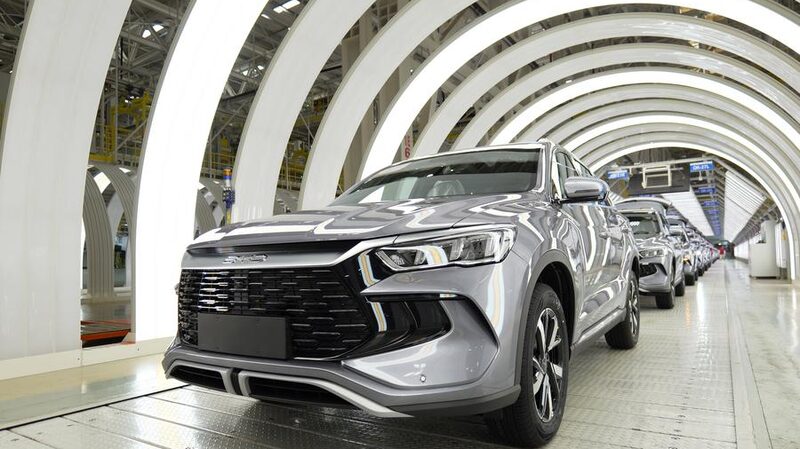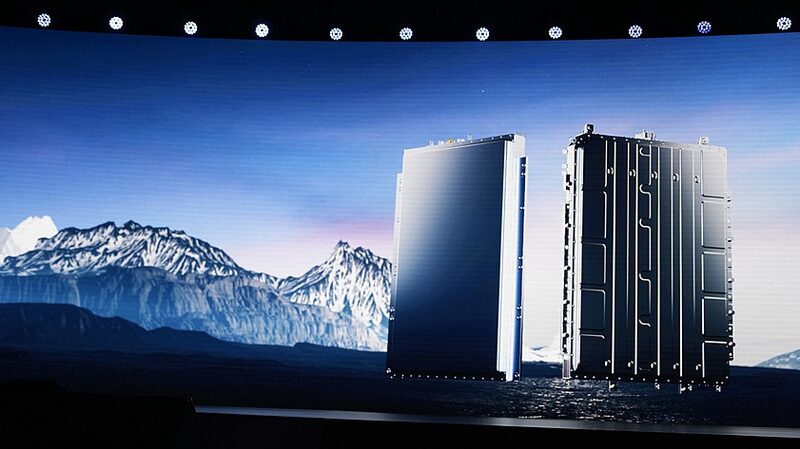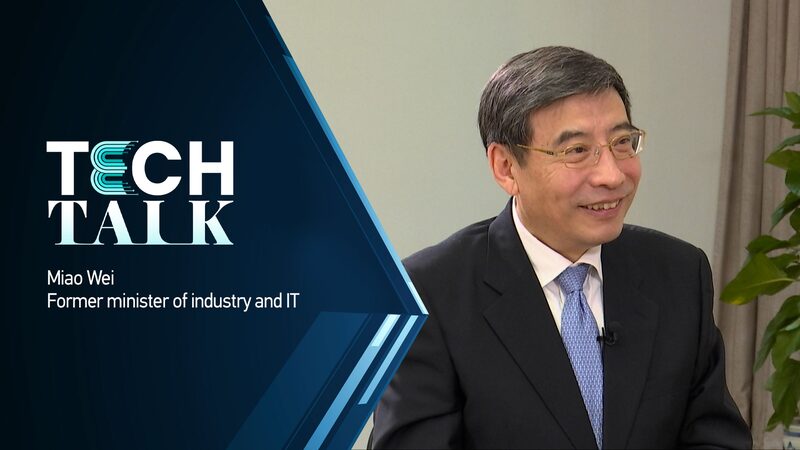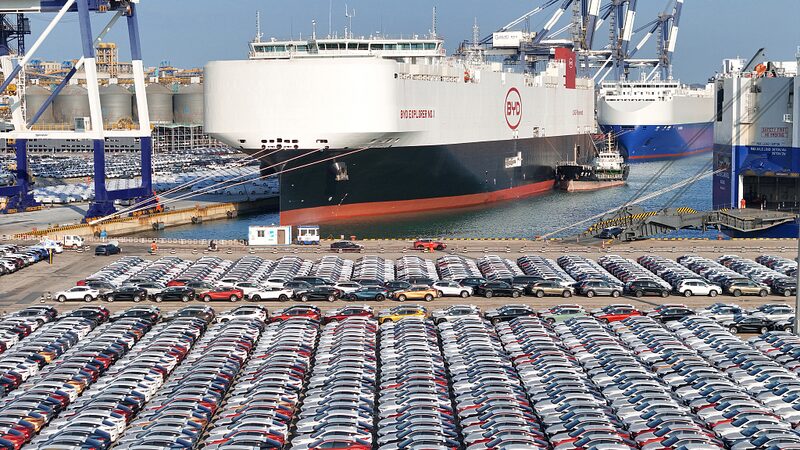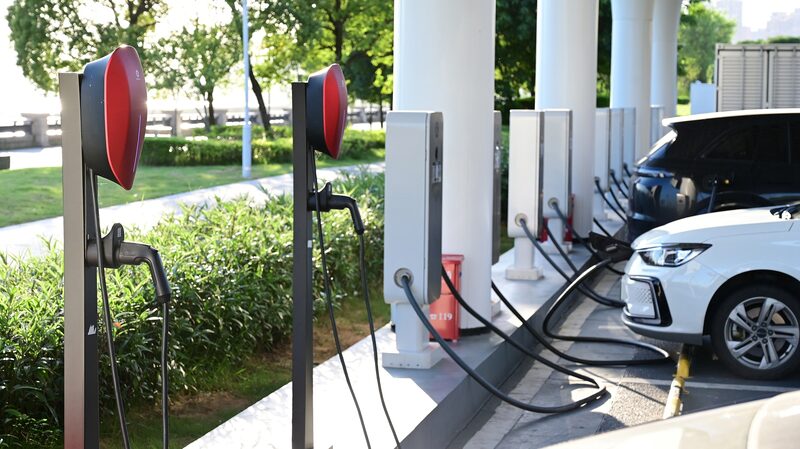A Tale of Two Cities
Liuzhou, a city of around four million people in south China’s Guangxi Zhuang Autonomous Region, has traditionally maintained a low profile. However, its local specialty rice noodles, known as luosifen, have recently become a nationwide sensation. Beyond its culinary fame, Liuzhou is now attracting global attention for its burgeoning new energy vehicle (NEV) sector.
Local carmakers like Wuling Motors have played a pivotal role in transforming Liuzhou into a hub for electric vehicles. The city boasts an extensive network of battery charging stations, discounted parking facilities, and favorable policies for NEV buyers. According to official statistics, a significant number of NEVs rolled off production lines in Liuzhou, with an increasing percentage of residents embracing electric vehicles. This remarkable growth positions Liuzhou as a microcosm of China’s advances in the NEV industry.
Meanwhile, across the Pacific, Detroit in the United States—once heralded as the heart of the automotive industry—is grappling with challenges such as sluggish growth, a declining population, and environmental concerns. Automotive journalist Kevin Williams, after experiencing the latest offerings at the Beijing Auto Show, remarked on the competitive edge of Chinese-made cars, suggesting that Western automakers may struggle to keep pace with China’s NEV innovations.
A Greener Future
The global shift towards sustainable energy has placed NEVs at the forefront of the automotive industry. China’s competitiveness in this sector stems from a substantial domestic demand for affordable and reliable clean energy vehicles. The rapid adoption of NEVs in cities like Liuzhou demonstrates how government support and consumer enthusiasm can drive significant industry growth.
Historically, making vehicles affordable for the masses took decades in the West. For instance, Ford’s Model T launched in 1909 at $825 (approximately $24,000 today), only becoming widely accessible after years of production advancements that reduced the price to $260 by 1925. In contrast, China’s NEV market has achieved substantial price reductions within a much shorter timeframe, reflecting rapid efficiency gains and market responsiveness.
As the world embraces a greener future, nations face a critical choice between protectionism and open markets to promote the widespread adoption of clean energy technologies. The success of Liuzhou’s NEV industry illustrates the potential benefits of embracing innovation and cooperation to advance global sustainability goals.
Reference(s):
cgtn.com

